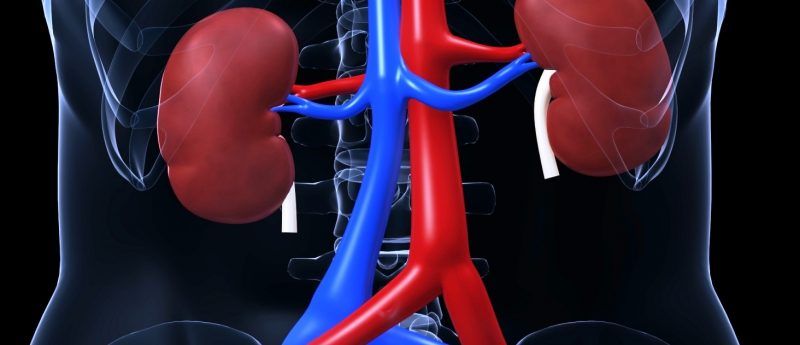Cellular mechanism causing kidneys to lose ability to repair with age identified

Researchers from University of Missouri (MO, USA) identify how age-related cellular apoptosis messages that make kidneys prone to injury are spread, which may help identify ways to improve kidney function in the elderly
Our ability to live longer thanks to medical advancements comes with the cost of increasing incidence of age-related diseases and challenges. Many organs function less effectively as they age, affecting the systems of the body. In the case of the kidneys, aging results in decreased filtration and therefore risks consequences such as chronic kidney disease.
Scientists from the University of Missouri (MO, USA) identified a cellular signal that causes kidney cell apoptosis, making the kidneys prone to injury. Co-author of the study Alan Parrish, associate professor of medical pharmacology and physiology at the School of Medicine, explains: “The kidney is a remarkable organ … If it is injured, it has a pronounced ability to repair itself. But as we age, many individuals have a reduced production of a protein known as alpha (E)-catenin. When this protein isn’t produced, cells inside the kidney undergo an abnormal type of cellular suicide known as apoptosis. This causes kidney cells to die in excess numbers, putting the organ at risk for acute kidney injuries.”
Catenins are a group of proteins that carry out a variety of important cell functions, including maintaining cell shape. Loss of the protein causes cells grow faster, resulting in an increased generation of kidney cells. A cellular message is then activated to destroy these extra cells, causing unregulated apoptosis; however, too much self destruction can compromise kidney function.
“Apoptosis is vital to the health of organs, because it kills cells that are no longer needed or that pose a threat to the organism,” Parrish states. “But when this self-destruct sequence is activated due to a lack of alpha (E)-catenin, healthy cells end up being destroyed. We don’t know why the aging body doesn’t produce enough of this protein. However, we’ve found how this self-destruct message is being communicated.”
The team plans to find use their understanding of how the self-destruct signal is being received to improve the health and function of the kidney in the elderly. “Now that we have identified this communication pathway, how do we manipulate this pathway to protect the kidney?” Parrish said. “We know that as we age we’re losing alpha (E)-catenin, so we hope to find out how we can either prevent that loss or substitute for its function. That’s what we will study next.”